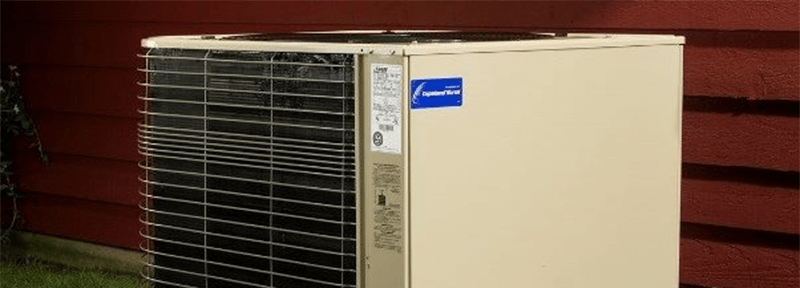
 Wearing a seersucker suit isn’t the most fashionable way to keep cool, but men wore the all-cotton fabric for decades as an alternative for wool suits.
Wearing a seersucker suit isn’t the most fashionable way to keep cool, but men wore the all-cotton fabric for decades as an alternative for wool suits.
Seersucker suits used to be an excellent way to stay cool when air conditioning was nonexistent or more uncommon than it is today. But, you can leave your seersucker suit in the closet this summer. Learn how to choose the most efficient air conditioner for your home.
Seasonal Energy Efficiency Ratio (SEER)
Seasonal Energy Efficiency Ratio, commonly referred to as SEER, measures the cooling efficiency of your air conditioner. It’s often compared to gas mileage. A car with a higher gas mileage runs more efficiently. Similarly, an air conditioner with a SEER rating is more efficient. However, a SEER rating is a maximum rating.
Understanding key terms will help you work with your HVAC contractor to choose the most efficient air conditioner for your home. Proper sizing of your air conditioner should only be done by a trained and certified contractor. Now keep your seersucker suit in the closet!


